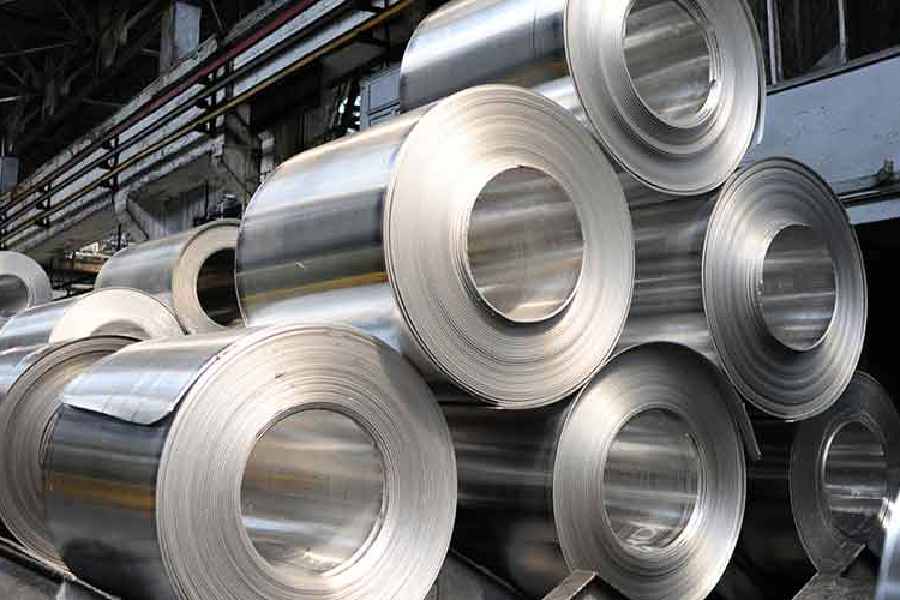The aluminium industry will require an additional capital expenditure of nearly ₹2.2 lakh crore to achieve net zero carbon emissions, according to a study released by the Council on Energy, Environment and Water (CEEW).
The independent study, a first-of-its-kind estimate to decarbonise the critical industry, suggests renewable energy (RE) could potentially abate 49 per cent of total emissions.
A complete transition is unfeasible due to the intermittent nature of RE, necessitating backup systems for reliability during grid failures.
Aluminium is widely used, especially in the power sector, and it is one of India’s fastest-growing industries. But achieving net-zero emissions could make it 61 per cent more expensive, with a yearly operational cost of about ₹26,049 crore.cEven though India does not use a lot of aluminium per person (2.5 kilogrammes) compared with the global average (11 kilogrammes), the industry emitted a whopping 77 million tonnes of carbon dioxide in 2019-20. Most of this comes from electricity used by the plants.
India has committed to achieving net-zero emissions (a balance between greenhouse gases emitted and removed from the atmosphere) by 2070 and 50 per cent cumulative electric power installed capacity from non-fossil fuel-based energy resources by 2030.
Hemant Mallya, a Fellow at CEEW, stressed the significant capital requirements and collaboration across sectors necessary for decarbonisation efforts.
“Aluminium and fertiliser are key industries for India’s economic growth, and significant government support will be necessary to build the necessary infrastructure,” Mallya said.
Sashi Mukundan, president of bp India, emphasized the importance of responsible economic growth aligned with climate goals.
“This is challenging for hard-to-abate sectors where we require low or zero-carbon-emitting energy sources,” Mukundan said, highlighting bp’s partnership with CEEW to optimise lower carbon pathways for such industries.
The study identifies energy efficiency improvements and waste heat recovery as potential emission-reducing measures without increasing aluminium costs, albeit mitigating only 8 per cent of total emissions.
Other measures such as renewable energy adoption and carbon capture entail additional costs.
Deepak Yadav, programme Lead at the CEEW, underlined the need for incentivising renewable energy adoption and formulating favourable policies for carbon capture and storage.
“Decarbonising the sector will have a significant impact on India’s cumulative industrial emissions,” Yadav said.
In a related development, the CEEW launched a
study on decarbonising the fertiliser industry, a significant emitter in India’s industrial landscape.
The study suggests switching to green ammonia production and implementing carbon management options to achieve net-zero emissions.
India is the second-largest fertiliser producer in the world, accounting for around 20 per cent of global production.
However, it is a significant source of greenhouse gas emissions — around 25 million tonnes of carbon dioxide annually — due to energy-intensive production processes and extensive fossil fuel use, particularly natural gas.
Because fertiliser production does not require much electricity, the CEEW study found that switching to renewable energy power would result in a mere 2 per cent rewduction in emissions from the industry.











